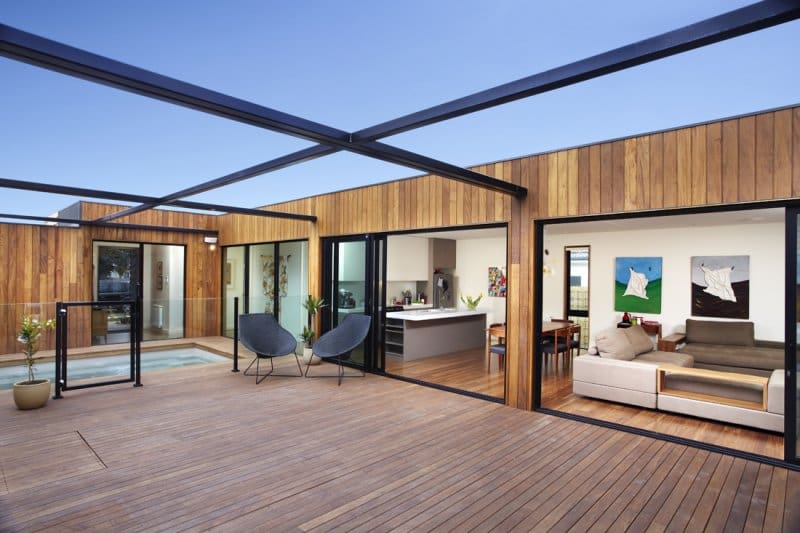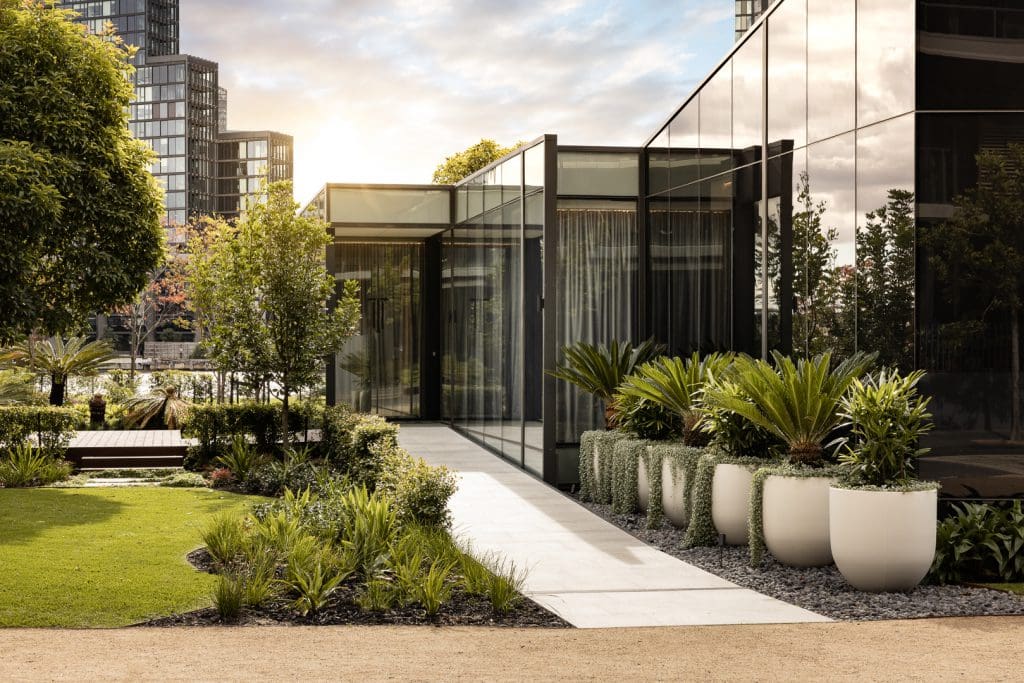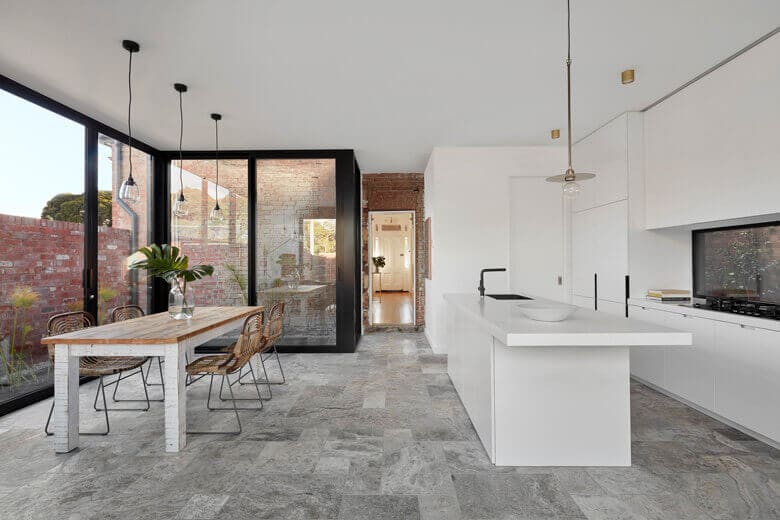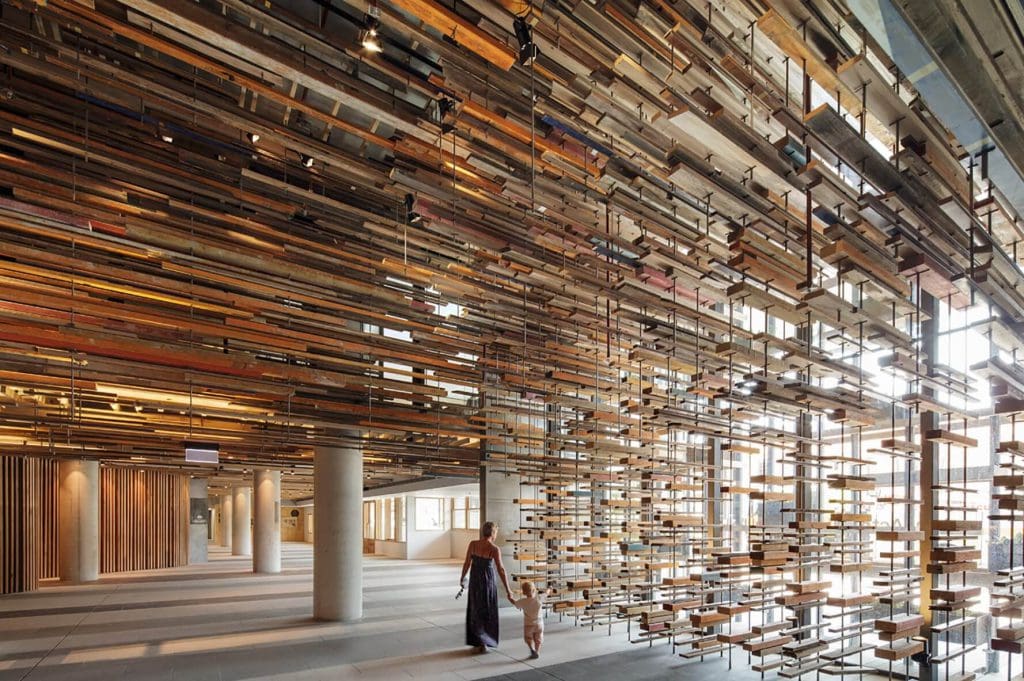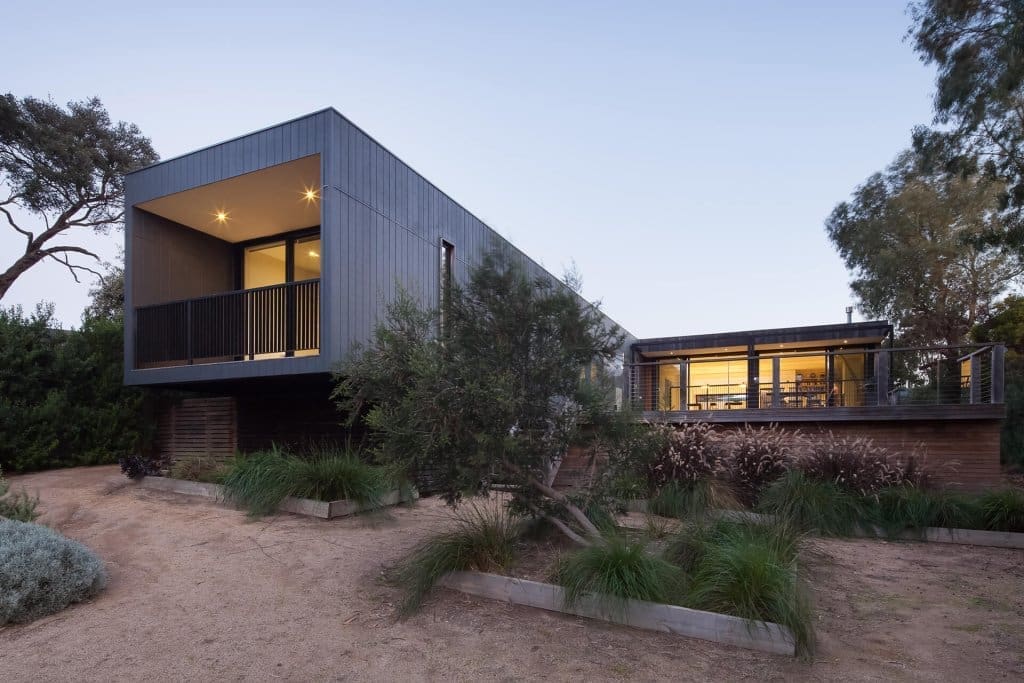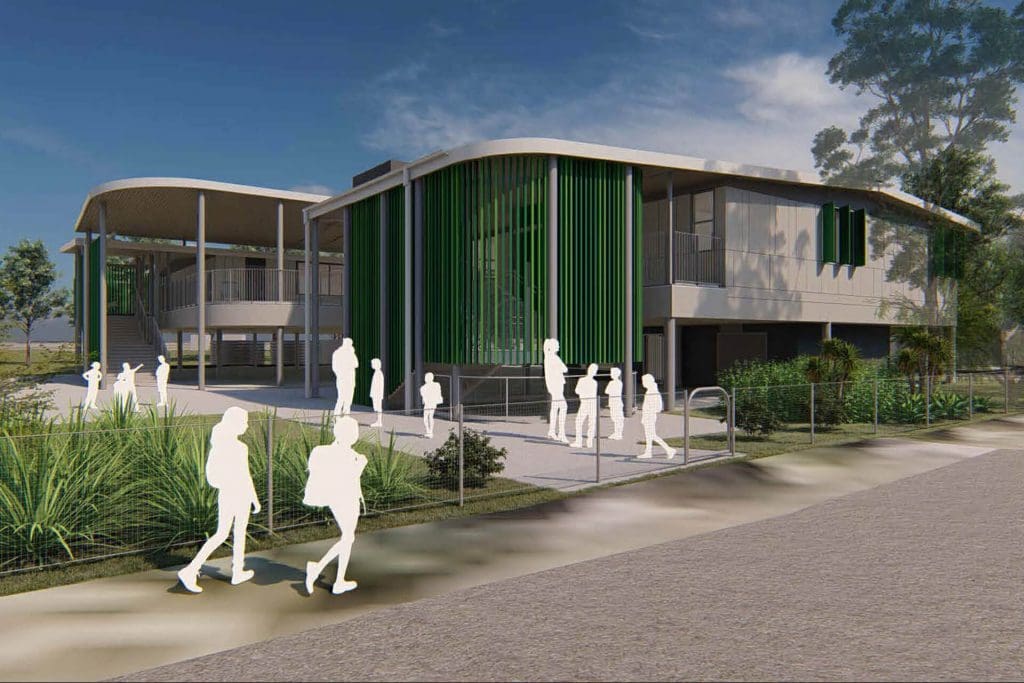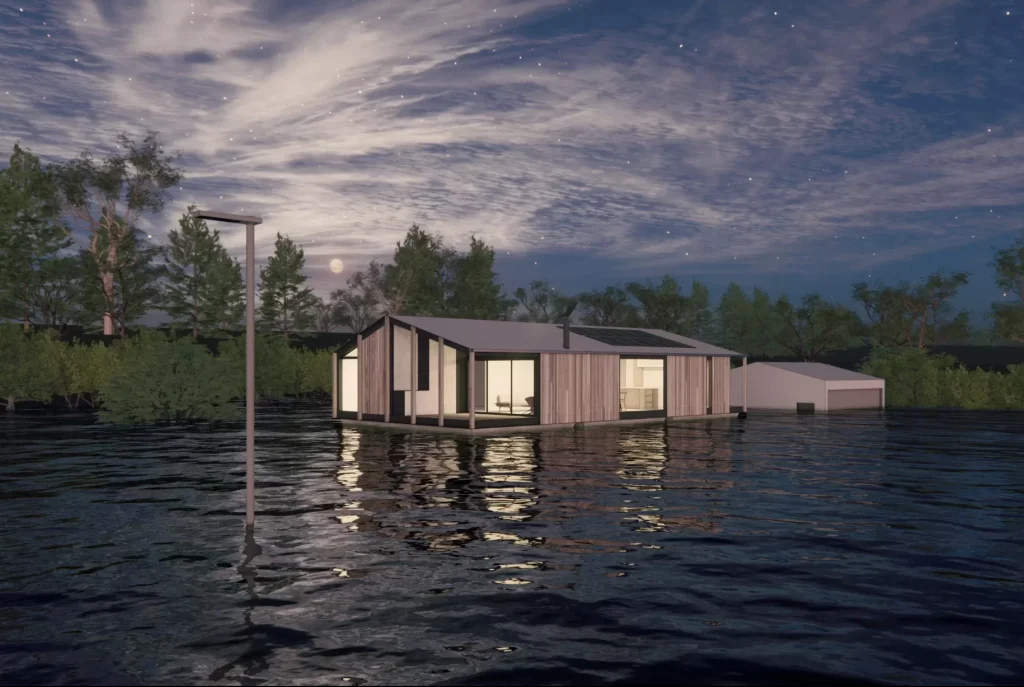How To Achieve Sought-after Northern Sun
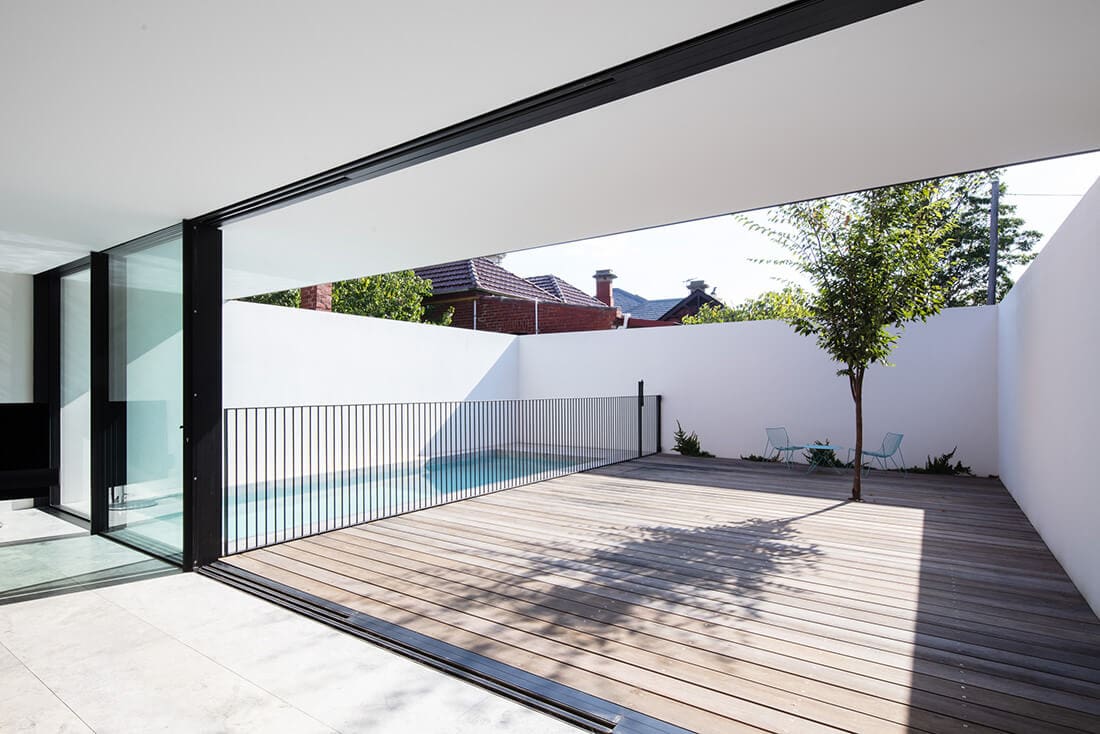
With inner city space at a premium and an overall reduction in yard size across the board, the idea of the courtyard home has become increasingly popular – and with good reason. Offering a secluded and private open space, internal courtyards not only encourage more time spent outdoors but have a raft of passive-solar design benefits that can make your home more comfortable and cost efficient.
Aesthetically, courtyards are a wonderful way to bring sunlight, warmth and greenery to your interior spaces, while making your home lighter and more airy. With the addition of large operable glass doors, interior courtyards can enhance the indoor/outdoor flow which is great if space is tight and at a premium.
The appeal
From central courtyards that you build your house around, to pocket-sized gardens that are strategically placed, inner courtyards have the potential to flood the interior of your home with natural light while creating a stunning aesthetic. For those of us who want to escape the crowd and have a desire to relax away from the prying eyes of neighbours, these courtyards are a haven from the hustle and bustle of modern life and lend a certain tranquility to homes. Most of the things that occur in a backyard – growing vegetables, outdoor entertaining, watching the kids play – can just as easily take place in these spaces if planned properly. And if you are looking for a low maintenance space that you can keep looking good all year round, these courtyards might be just what you’re after.
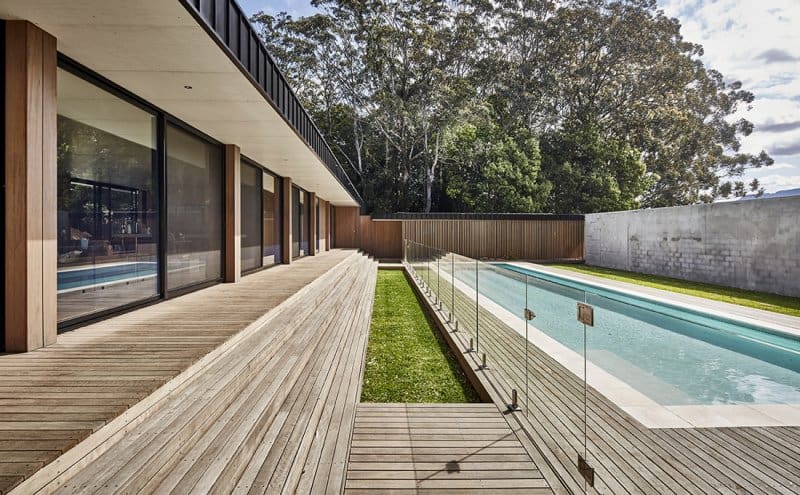
Harnessing northern sunlight
In Australian cities, where most often the climate requires us to warm our houses in winter and cool them in summer, a courtyard home offers many advantages over the typical home; the capture of additional northern sun being one of the most important. For those interested in passive-solar design, capturing and using the light from a low winter sun is the one of the tenets of sustainable building. To do this, floor to ceiling windows and glass doors can be employed, allowing the limited light and warmth to be dispersed throughout the house and captured by more dense materials such as brick, concrete and even water. Indeed, any material with a high thermal mass will effectively absorb available heat and return it to the atmosphere later, moderating the heat of the entire house in the process.
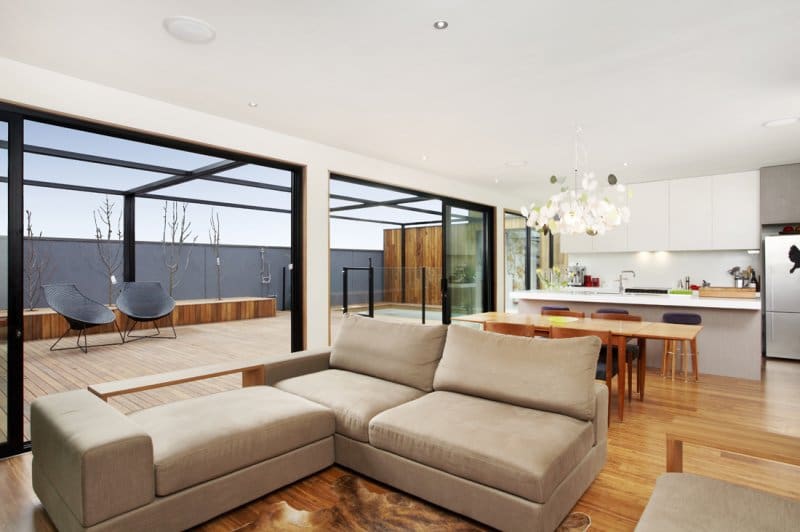
Shading
While light and heat gain are crucial in winter, so too is shading in summer. And though many people have eaves that block high sun and allow low sun to pass through the house, additional thought must be given to shading around a courtyard. One great idea is to plant deciduous trees and creepers in your courtyard to protect glass areas and dense materials in summer while not obstructing the sun during winter. In addition, and especially in warmer climates, some thought should be given to retractable shade sails. Even flexible formats that allow internal living spaces to expand and contract around the courtyard can give the house a more ecological sense of adaptation and response.
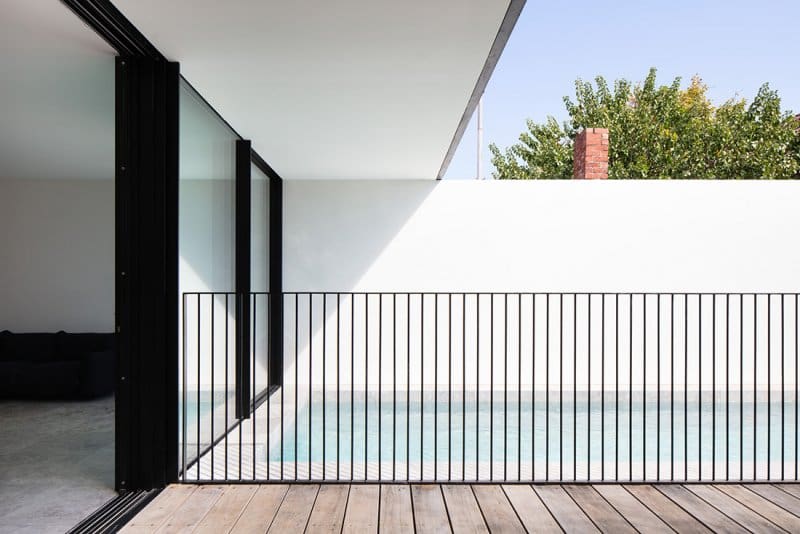
Ventilation
After directing and using sunlight appropriately, the use of airflow tends to be the most important consideration in passive-solar design due to its ability to move heat, cool areas and create that sense of breathability in a home. With sliding doors and multi-format windows, internal courtyards can bring an abundance of fresh air that can be drawn by high and low level louvre windows that are carefully added throughout the home. This will not only produce highly effective cross ventilation that improves air quality but gives a family much greater control over heating and cooling. Indeed, when designed properly, a courtyard can be 15 degrees lower on one end from another due to the breeze created.
Rainfall
With most of your courtyard being open to the elements it is also very important to consider how your area will disperse and remove water. Both drainage and irrigation is a hugely important consideration given Australian conditions; how your materials, soils and plants react to everything from a light drizzle to a downpour being of consequence.
To discuss your project plans and whether integrating a courtyard is the best option for your site, please contact a member of our friendly team.
